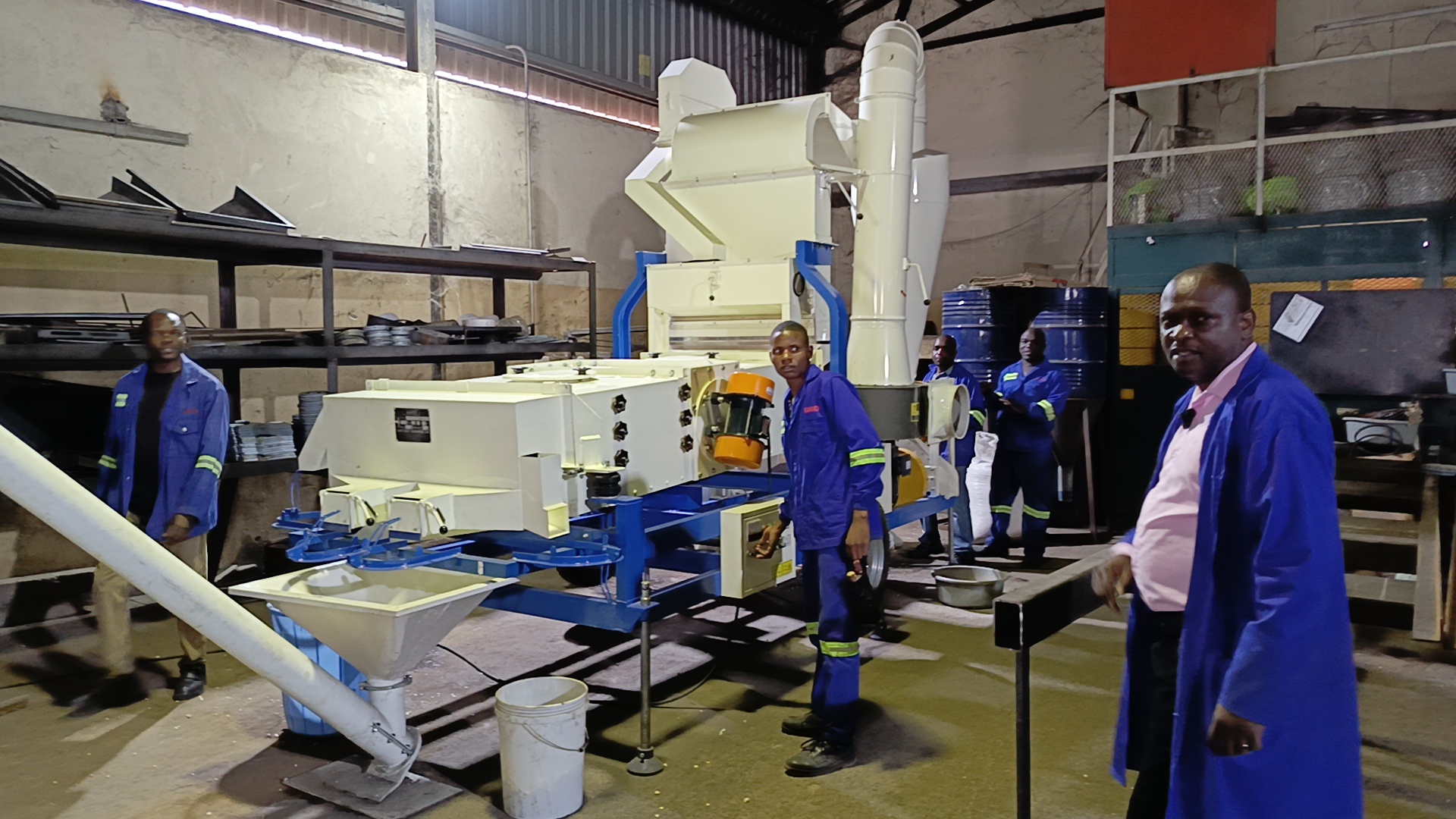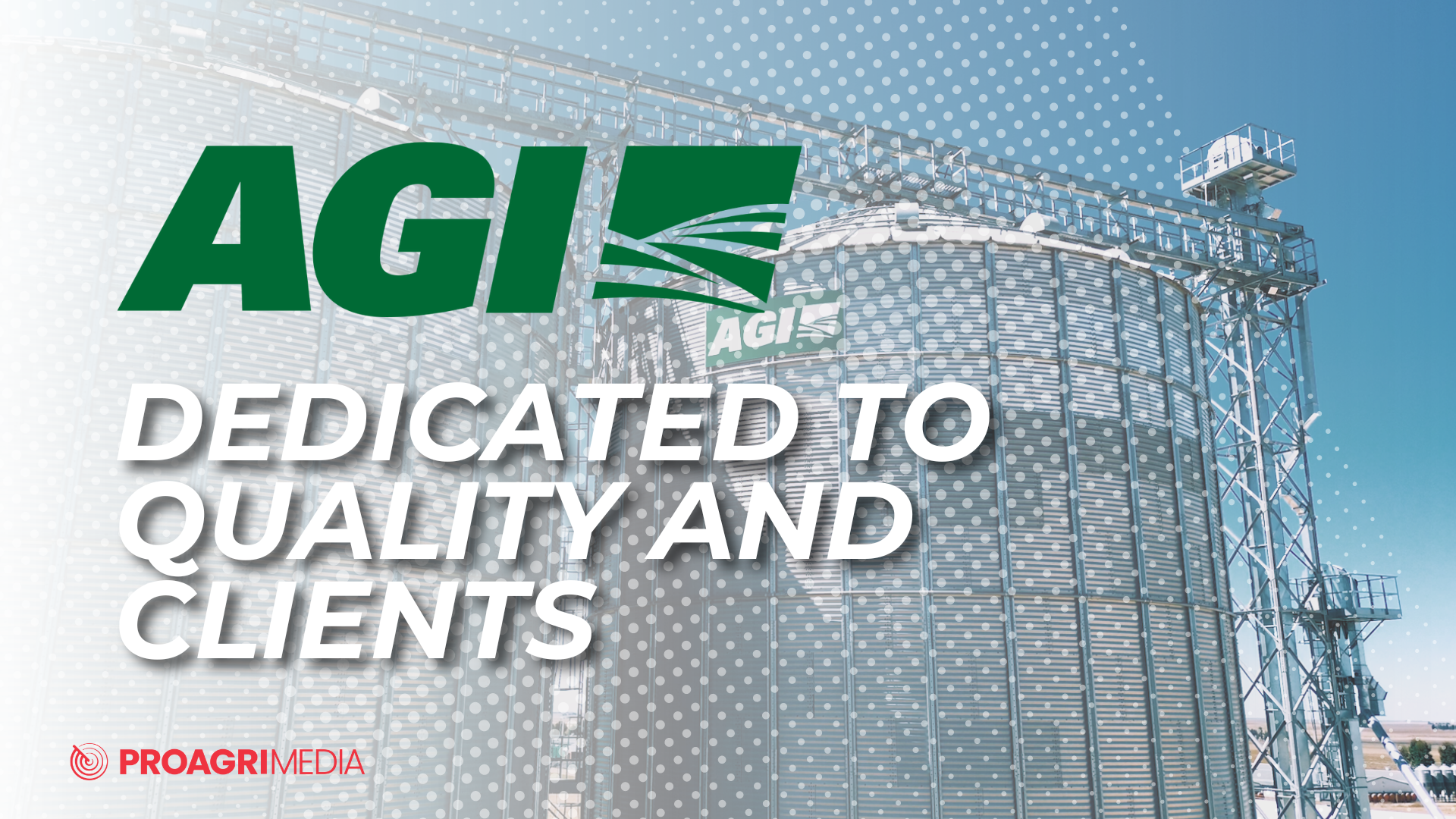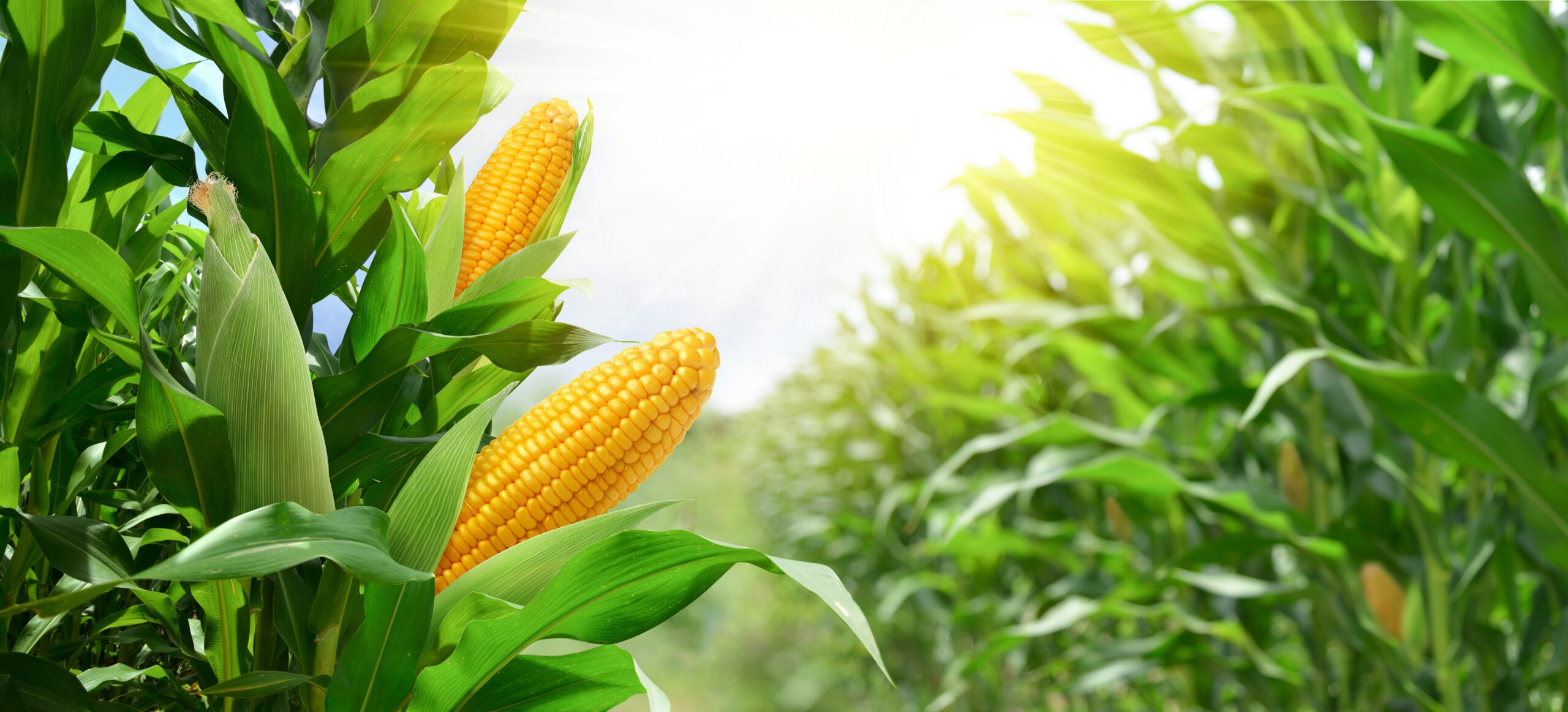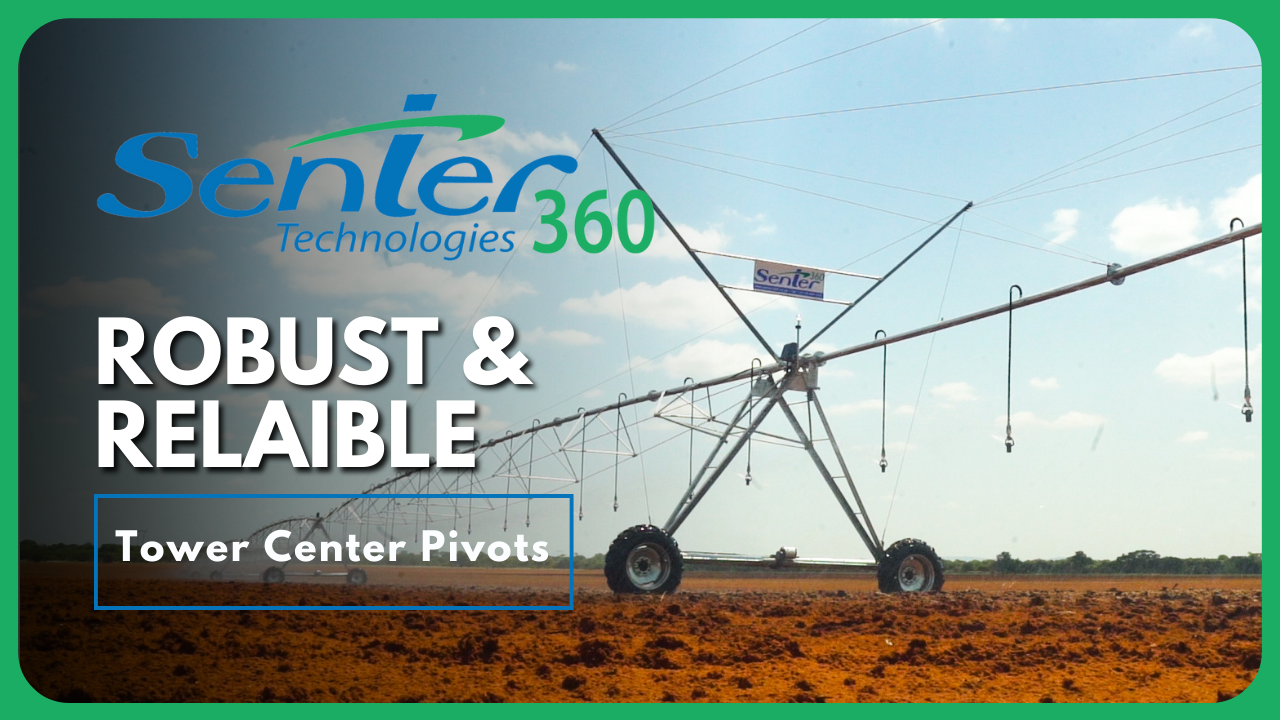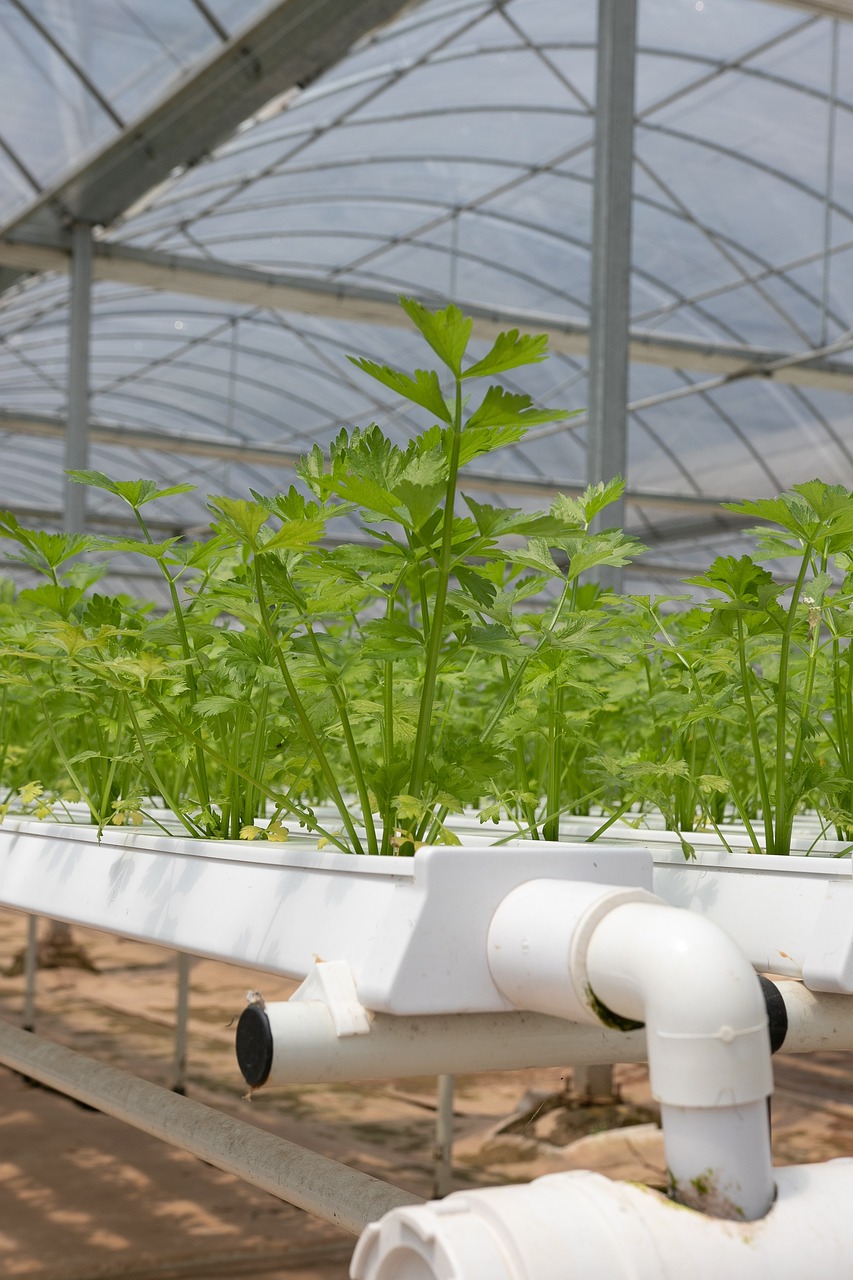Agriculture relies heavily on soil. As a result, fertiliser is required to replace the nutrients taken from soil by our crops. This replenishment ensures sustainable production of high-quality crops. Furthermore, crop rotation is critical to getting the most out of the soil.
Chemical fertilisers
To distinguish chemical fertilisers from manure and compost, chemical fertilisers are labelled “inorganic” or “artificial”. Chemical fertilisers offer major elements. However, unlike compost, they do not enrich the soil. Furthermore, manure and compost do not provide enough of the essential nutrients for plant growth. Trace elements are frequently sprayed directly on plant leaves as foliar sprays.

This article is published with acknowledgement to the Namibia Agricultural Union and Namibia National Farmers Union, who published the Crop Production Manual in 2008.
Nitrogen (N) fertilisers
Ammonium sulphate (21% N)
Ammonium sulphate is one of the most popular N-fertilisers. The nitrogen is in the form of ammonium, which must be transformed into nitrate by the plants. Therefore, ammonium sulphate responds slower than other nitrogen fertilisers. The 21% refers to the overall nitrogen concentration of the fertiliser. Repeated usage of ammonium sulphate increases the soil acidity. This process lowers the pH of alkaline soils.
Limestone ammonium nitrate (LAN) (28% N)
Some countries call LAN calcium ammonium nitrate (CAN). It has half ammonium and half nitrate nitrogen. This mixes nitrate’s quick response with ammonium’s slower and prolonged reaction. LAN is high in calcium and does not acidify the soil. Acidic soils benefit greatly from lime ammonium nitrate.

Adding N-fertilisers to growing plants. (Source: agra.org)
Urea (46% N)
Nitrogen in urea is in amide form. It is as prevalent as ammonium sulphate. While cheaper than other nitrogen fertilisers, urea is a concentrated fertiliser that is difficult to apply in small quantities. It is sometimes mixed with dry sand to be applied evenly.
Urea is commonly sold as a crystal and as “prills”. Using prills reduces the risk of scorching plant leaves since they bounce off the plants and fall to the soil.
During plant growth, extra N-fertilisers are often added to the base fertiliser. A top dressing, or side dressing, is a nutrient applied between rows of plants.

(Source: IOWAAGLITERACY)
Phosphate (P) fertilisers
Superphosphate (10,5% P)
Some literature mentions superphosphate (SSP) with an 18 to 19% phosphate concentration, but presently only the water-soluble level of 10% is available, which is exactly the same material.
Superphosphate is created by processing raw rock phosphate with sulfuric acid. Because it includes 50% calcium sulphate (gypsum), it does not generally raise soil acidity.
Bone phosphate
Plants can get phosphorus from bone meal. Incorporating bone meal progressively releases P to plants.

Crops are fertilised with bone phosphate fertiliser. (Source: indiamart.com)
Potassium fertilisers
Due to the frequent usage of compound fertilisers, pure potassium fertilisers are rare. However, advanced fertiliser programmes can use it.
Potassium nitrate (KNO3)
Potassium nitrate is widely available and is utilised when potassium is required.
Compound fertilisers (NPK)
N, P, and K are all present in compound fertilisers but do not contain trace elements unless stated so on the bag.
- Compound fertilisers describe the nutrient ratio N:P:K. For example, 2:1:2 (26) has 10% nitrogen, 5% phosphorus, and 10% potassium. Nitrogen is 2/5 of the 26% total composition, so 2/5 × 26 = 10,4%.
- It should be used on vegetable crops. Compound fertilisers are frequently applied as a seed dressing. Then comes a side or top treatment of nitrogen fertiliser. Due to leaching issues in Namibian sandy soils, top dressing should be done frequently, for example 4 to 5 times during the growth season.
- Monoammonium phosphate (MAP) + Zn is a nitrogen, phosphate, and zinc compound fertiliser widely used in Namibia.
Foliar sprays
Trace elements are routinely sprayed onto plants. First, accurately identify the missing nutrients. In some situations, leaf symptoms indicate nutritional inadequacy, whereas in others, a laboratory test is required.
Copper, zinc, molybdenum, manganese, iron, and boron are common trace elements provided. To achieve good results, strictly follow the instructions on the package.
Intercropping and crop rotation

(Source: culinarynutrition.com)
Crop rotation is crucial in vegetable production. This requires producing a variety of crops on a specific piece of land throughout the year. This is done for two reasons:
- Different insect pests, diseases, and weeds are attracted to different crops. By shifting crops every season, the likelihood of insect pests, illnesses, and weeds accumulating on a certain piece of land is reduced.
- Different crops require different nutrients. Depletion of particular nutrients from the soil is avoided by rotating crops every season. This is especially critical in areas where soil fertility is low and fertiliser is used sparingly.
The list below illustrates which crops belong to different groups. Never replant the same rotation group on the same plot of land. Choose a crop from the next group. After Group 4, return to Group 1 and start over.
Leafy vegetables (Group 1)
Cabbage, cauliflower, Chinese cabbage, broccoli, Brussels sprouts, kale, leeks, and celery are some of the vegetables you can use. These are voracious eaters. As a result, they’ll need a lot of kraal manure, compost, or inorganic fertilisers.

A selection of leafy vegetables in the first group. (Source: anitawangmd.com)
Root vegetables (Group 2)
Carrots, beets, sweet potatoes, turnips, kohlrabi, and onions are some of the vegetables in this group. For these crops, manure should not be used near the time of planting since it can cause root forking. Similarly, too much nitrogen fertiliser might cause the crops to develop a lot of leaves but few roots and tubers.
Fruits and vegetables (Group 3)
Tomatoes, potatoes, peppers, eggplant, lettuce, and Swiss chard are among the vegetables used. Lettuce and Swiss chard are technically leafy vegetables, but they are included here because their nematode sensitivity is
similar to the other crops in this group. As a result, in successive seasons, vegetables in this category should not be planted in the same bed.

(Source: flickr.com)
Legumes (Group 4)
Beans, peas, and cow peas are all legumes. In terms of nutrient requirements, legumes are not very demanding. It’s critical to understand that legumes may collect nitrogen from the air for their own use as well as for crops planted alongside them or in rotation the next year, thanks to a symbiotic relationship with Rhizobium bacteria in their roots.

Leguminous beans in Class 4. (Source: masterclass.com)
No group
Cucumbers, pumpkins, squashes, melons, watermelons, okra, sweetcorn, and radishes do not fall into a particular group. Because they are disease free, these vegetables are not classified as part of any category. They can be planted anywhere in the cycle as long as they don’t stay in the same bed for more than one season.
Crop rotation is used in practise
Crop rotation is made easy by dividing the garden into four equal areas and planting one or more crops from each group in each area. Crops from the “no group” can be planted in beds outside of the crop rotation or in rotation beds as long as they are rotated each and every season.

A crop rotation plan for tomatoes, cabbage, carrots, and cow peas. In this case, the crops are rotated in the opposite direction.
If cabbages are thoroughly fertilised with manure, carrots do not require (and should not require) manure fertilisation if planted after the cabbage. Cow peas, for example, are not nitrogen-demanding legumes and would not require manure fertilisation if planted after a well-fertilised tomato crop.
This article is published with acknowledgement to the Namibia Agricultural Union and Namibia National Farmers Union, who published the Crop Production Manual in 2008.


